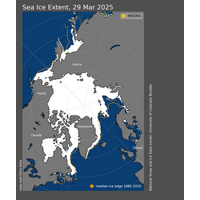
Arctic Sea Ice Hits Record Low Maximum Extent for the Year
Arctic sea ice has likely reached its maximum extent for the year, at 14.33 million square kilometers (5.53 million square miles) on March 22, according to scientists at the National Snow and Ice Data Center (NSIDC) at the University of Colorado Boulder.The 2025 maximum sea ice extent is the lowest in the 47-year satellite record, falling short of the previous record low of 14.41 million square kilometers (5.56 million square miles) set on March 7, 2017.“This new record low is yet another indicator of how Arctic sea ice has fundamentally changed from earlier decades,” said NSIDC senior
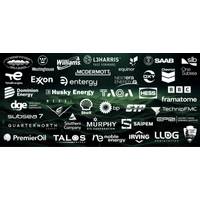
Kraken Robotics Acquires 3D at Depth
in water depths of more than 300m, and capabilities like non-contact vibration and temperature measurement. 3D at Depth’s expertise in Remote Operations also enables scalable, fully remote metrology solutions.3D at Depth’s headquarters and production facility are based in Longmont, Colorado with offshore service operations based out of Houston, Texas, and satellite offices in Norwich and Aberdeen, UK.

NOAA Scientist Dismissals Spark Protests
More than 1,000 demonstrators gathered outside the National Oceanic and Atmospheric Administration (NOAA) building in Boulder, Colorado, on Monday, protesting sweeping layoffs imposed by the Trump administration. According to two current employees, the cuts affected more than 10% of the scientific workforce at the facility.The rally was spearheaded by former U.S. Congressman David Skaggs, a Democrat from Colorado, after whom the NOAA building in Boulder is named. Skaggs, initially expecting only around 100 participants, was surprised by the large turnout, with police estimating attendance at over 1,000.
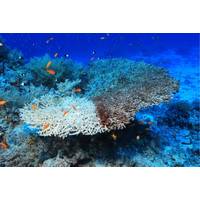
Warming Predictions Point to Need for Adaption as well as Decarbonization
other extremes. This study suggests that, even in the best case scenario, we are very likely to experience conditions that are more severe than what we've been dealing with recently," said Stanford Doerr School of Sustainability climate scientist Noah Diffenbaugh, who co-authored the study with Colorado State University climate scientist Elizabeth Barnes.For the new study, Diffenbaugh and Barnes trained an AI system to predict how high global temperatures could climb, depending on the pace of decarbonization. They trained the AI with temperature and greenhouse gas data from vast archives of climate

Arctic Sea Ice Could Reach Turning Point by 2027
The first summer on record that melts practically all of the Arctic’s sea ice, an ominous milestone for the planet, could occur as early as 2027.That’s according to an international research team, including University of Colorado Boulder climatologist Alexandra Jahn and Céline Heuzé from the University of Gothenburg in Sweden. The team used computer models to predict when the first ice-free day could occur in the northernmost ocean.When the Arctic Ocean has less than 1 million square kilometers of ice, scientists say the Arctic is ice free.In September, the National Snow and
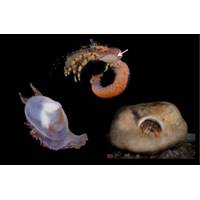
New Discoveries: Three Tiny Species Added to South Africa’s Spectacular Marine Life
, a science and storytelling initiative in Cape Town by the Sea Change Project. It was described and named, meaning scientifically proven to be new, by local researchers from the universities of Stellenbosch and Cape Town, and experts from Santa Barbara Museum of Natural History and the University of Colorado Boulder.The rare and miniature isopodFinally, the third new species is Pseudionella pumulaensis. This is a parasitic isopod – a tiny crustacean.It was discovered in Pumula, KwaZulu-Natal, a region known for its high biodiversity. This isopod has a rather sinister survival strategy: it attaches
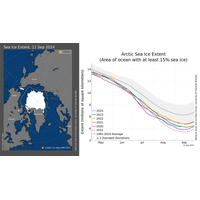
Arctic Sea Ice Reaches Seventh Lowest Extent on Record
Arctic sea ice has likely reached its minimum extent for the year, at 4.28 million square kilometers (1.65 million square miles) on September 11, 2024, according to scientists at the National Snow and Ice Data Center (NSIDC) at the University of Colorado Boulder.The 2024 minimum is ranked seventh lowest in the 46-year satellite record. The last 18 years are the lowest 18 Arctic sea ice extents in the satellite record.The overall, downward trend in the minimum extent from 1979 to 2024 is 12.4 percent per decade relative to the 1981 to 2010 average. From the linear trend, the loss of sea ice is about 77
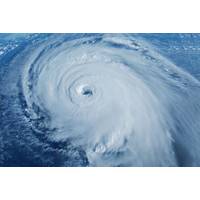
Where Are the Hurricanes? Quiet Atlantic Bucks Forecast for 'Super' Season
development.The reason for this dryness is not completely clear, but one idea is linked with the Indian Ocean’s version of El Nino/La Nina. That circulation unexpectedly fell out of a very warm phase mid-year, which may have ushered in the recent bout of dry air over the Atlantic.Forecasters at Colorado State University this week offered another angle, basically explaining that waters in the area where Atlantic hurricanes form may have become too warm for their own good, as their interaction with cooler waters near the equator may have pushed the favorable, moist air mass too far north.Not only
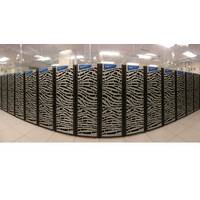
$100 Million Boost for NOAA’s High-Performance Computing: Introducing Rhea
modular data centers to be added, further enhancing NOAA’s HPC capabilities for both federal and private sector partners.Once operational, Rhea will join NOAA’s existing Research and Development High-Performance Computing System, which includes four other HPC centers located in Boulder, Colorado; Princeton, New Jersey; Oak Ridge, Tennessee; and Starkville, Mississippi. The addition of Rhea will increase NOAA’s R&D HPC capacity to approximately 43 petaflops, with another system at NESCC pushing the total to around 48 petaflops. A petaflop represents one thousand trillion operations


 February 2025
February 2025





